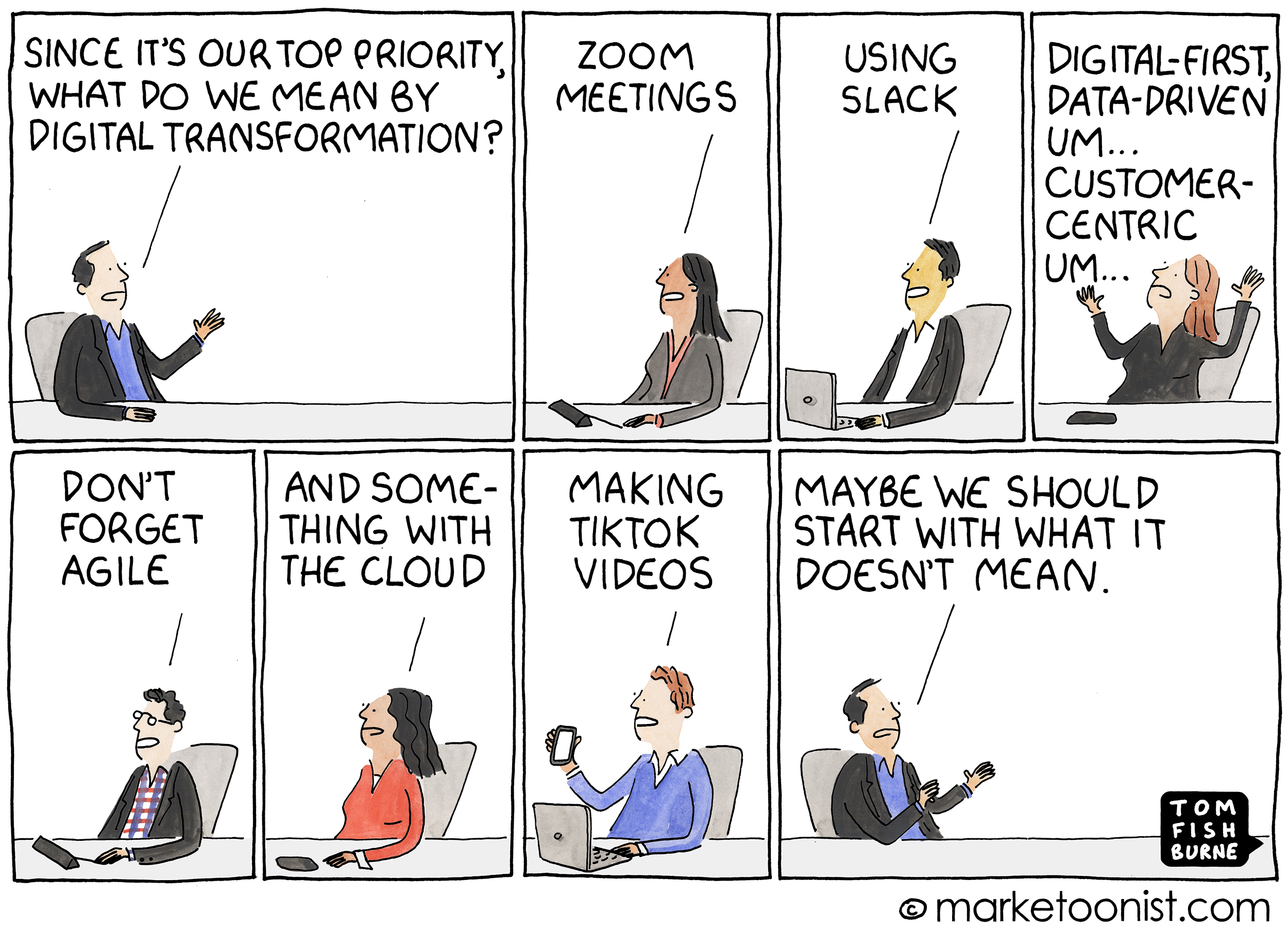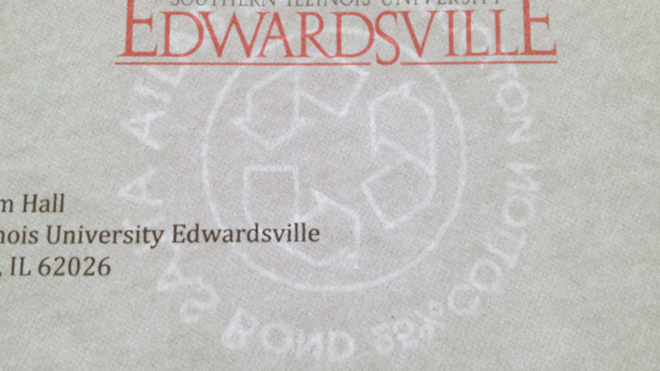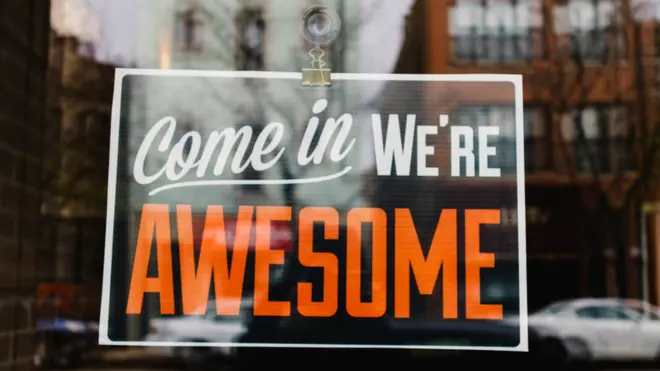
Some organizations report they can spend months finalizing their annual plans. Yet, marketers are still on the hook to drive results.
We’re big on staying on top of digital trends, testing out online tools, deciding which digital marketing tactics are strategically sound—and knowledge-sharing about them.
Subscribe to DM News and get carefully curated insights on digital marketing trends, tested tactics, and strategic resources, delivered to your inbox each month.
May 2, 2024 • written by Pauline Kalil • about Marketing Strategy

Some organizations report they can spend months finalizing their annual plans. Yet, marketers are still on the hook to drive results.
March 20, 2024 • written by Pauline Kalil • about Marketing Strategy

Major ISPs, ESPs, and email browsers are actively phasing out third-party data. As marketers, this means we’ve got a choice: shift our digital marketing approach towards collecting zero-party and first-party data — or lose our audience.
February 22, 2024 • written by Pauline Kalil • about Email Marketing

Navigating email sender requirements are more demanding. Quick: Name the 4 email sender requirements Yahoo & Google enforced starting Feb 1 (⤵)
December 12, 2023 • written by Pauline Kalil • about Marketing Strategy

Technology powers digital marketing, and marketing leaders get it (sort of). They dedicate huge portions of their annual budgets and cross-functional resources to researching and vetting new mar-tech platforms. However, many tend to miss one key point.
October 19, 2023 • written by Eddie Ranchigoda • about Marketing Strategy

Shift your communication strategy to a conversation strategy that engages your audience. Discover practical tips for successful digital marketing and meaningful customer interactions.
March 29, 2023 • written by Pauline Kalil • about Marketing Strategy

Take stock of what your teams have been doing, imagining “what could be” solutions, and perhaps using the lessons we’ve learned in the past to inspire them to work smarter, not harder.
March 8, 2023 • written by Eddie Ranchigoda • about Social Media Marketing

“Moneyball” got it right. In baseball and B2B marketing, performance is predicted by getting on base—not taking big swings. Turns out, making incremental improvements and small tweaks are more likely to yield significant results.
February 21, 2023 • written by Pauline Kalil • about Marketing Strategy

Newsflash: Relying on third-party data to gain insights about a target audience is an exercise in futility. Instead of tracking behavior, the better B2B marketing strategy for driving demand and revenue is by going straight to the source. Find out how.
February 7, 2023 • written by Pauline Kalil • about Flow State B2B Marketing

Getting wrapped up in the go, go, go mentality of marketing is a slippery slope. With budgets under fire, B2B marketers need to know how to keep moving projects forward in a meaningful way.
November 18, 2022 • written by Pauline Kalil • about Flow State B2B Marketing

Nearly half of B2B companies outsource all or part of their marketing functions. Ask these three questions to maximize the agility, specialization, and project leadership your team needs.
August 31, 2022 • written by Pauline Kalil • about Social Media Marketing

Attention B2B Marketers, Driving traffic to the company’s website is getting you nowhere. Instead, unique content and organic engagement are the best ways to generate trust and demand. Find out how »
March 30, 2022 • written by Pauline Kalil • about Marketing Strategy

Now more than ever, employees are pondering the purpose of work. People are now leaving their jobs at the highest rate in two decades, spurring a “Great Resignation” — learn what B2B marketers can do to help HR solve their recruitment challenges.
November 2, 2021 • written by Danny Haddad • about Breakthrough Content

An industry event is a perfect setting to plan and create short testimonial videos. You’ve got a large group of your customers all in one place, as well as experts in your field who can talk intelligently about the benefits of working with or buying from your company. But aside from planning your key company […]
September 1, 2021 • written by Pauline Kalil • about Marketing Strategy

Digital marketing tactics are crucial to sustainable success, but picking the right focus for any B2B company can be tricky.
August 17, 2021 • written by Pauline Kalil • about Website Management

When your company’s website is working well, it’s a conversion machine turning interested visitors into free-spending and viable prospects. The birds are singing and you look like a genius. But how often does this really happen?
July 29, 2021 • written by Pauline Kalil • about Social Media Marketing

If B2B marketers continue to perceive influencer marketing as a consumer-only effort, they will miss the opportunity to realize untapped funnel growth and conversions.
May 27, 2021 • written by Guest Contributor • about Meaningful Design

Editor’s Note: This post, originally published on February 12, 2012, has been updated for accuracy and up-to-date information. First, what is a watermark? A watermark is a branding embedded in the paper stock. When you hold some paper up to the light, you can see noticeable brand or logo or wordmark that is brighter than […]
February 17, 2021 • written by Arthur Vibert • about Breakthrough Content

Now that we know what Video Storytelling is and what it can do for us, let’s start creating. Creating a video can be complex. The best way to make sure you get what you want at the end of the process is to plan carefully in advance. This means considering things like who will be […]
December 10, 2020 • written by Arthur Vibert • about Website Management

After months of meetings, design tweaks, and content reviews, your company’s spectacular new site has gone live. Hooray. Now everyone can go back to the other 2,452 things on their to-do lists, right? Well, not quite. But hey, give everyone a week off from thinking about it. Heck, give them two. Knock yourself out! But […]
July 27, 2020 • written by Pauline Kalil • about Breakthrough Content

You’ve seen the SNL sketch. You’ve been Zooming day in, day out. You’ve seen your colleagues changing their virtual background, sometimes to a tropical beach, sometimes to a scene from a movie, or a popular tv show (Seinfeld, anyone?). Changing your Zoom background is sort of like decorating your desk—a way of expressing yourself. You […]
Every marketing leader has a big business challenge top of mind. What’s yours? We’ll put our collective marketing brainpower to work to help you solve it. You’re left with an actionable plan that you can execute on your own or with us.
what's a playbook?An Oakland-based marketing firm empowering marketing leaders everywhere to reach their goals through an evolved approach to digital marketing.
